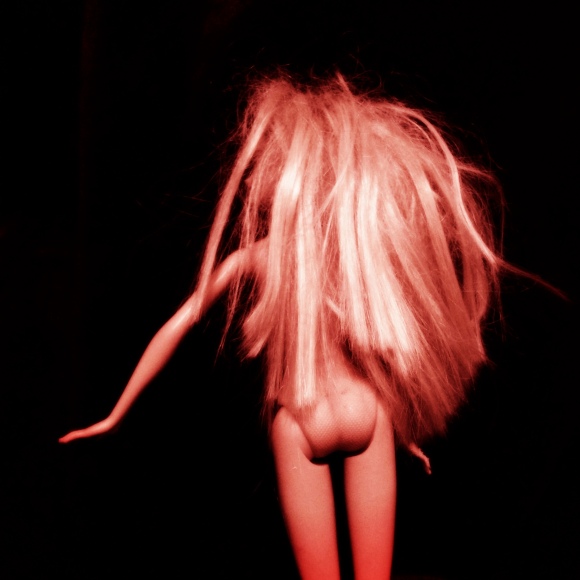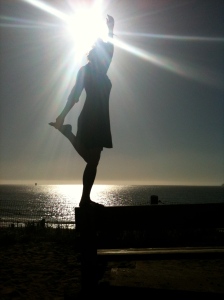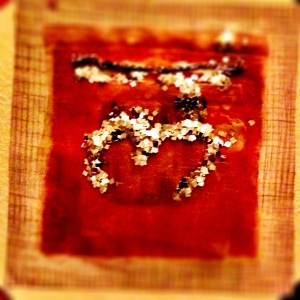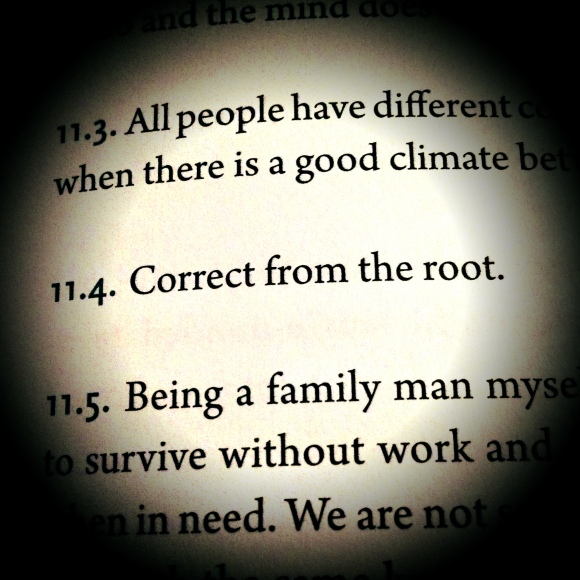We were late to getting to class, again. On a Saturday morning in December, instead of hopping off the subway at Union Square for the quick walk to YogaWorks for Chrissy Carter’s class, my boyfriend and I stayed on the subway a little longer and headed to Jivamukti.
Just after 10:30 a.m., we saw our first of many Santas. There was definitely a side of me rooting for Santacon pub crawling over yoga. People dress up as Santas (and elves and reindeer), and progress through neighborhoods, drinking yes, but also donating canned food and raising money to feed the hungry. We decided we could always meet up with the Santas later.
 When in New York City, I’m like a kid in a candy store trying to decide which class to take, wanting them all. I was disappointed that we missed Chrissy’s class, because she’s such an awesome teacher—plus that YogaWorks location used to be called Be Yoga, and it’s where I did my first teacher training. But Jivamukti is a spiritual haven in New York City, and I knew they had classes starting all the time.
When in New York City, I’m like a kid in a candy store trying to decide which class to take, wanting them all. I was disappointed that we missed Chrissy’s class, because she’s such an awesome teacher—plus that YogaWorks location used to be called Be Yoga, and it’s where I did my first teacher training. But Jivamukti is a spiritual haven in New York City, and I knew they had classes starting all the time.
Class had already begun, but the sweet woman at the front desk urged us to go ahead and enter. We didn’t know anything about the class—who the teacher was, or even what level it was. I don’t think we could have planned it better if we had known what was going to happen.
Full class? No problem. We crouched in the back against the wall as the teacher talked about sangha. Don’t worry, we’ll find space for you, he said. He led us through chant number 16 in the Jivamukti book:
sat-sangatve nissangatvam nissangatve nirmohatvamnirmohatve nishchala-tattvam nishchala-tattve jivanmuktih
bhaja govindam bhaja govindam bhaja govindam mudha-mate
The book translates it: “Good and virtuous company gives rise to non-attachment. From non-attachment comes freedom from delusion. With freedom from delusion, one feels the changeless reality. Experiencing that changeless reality, one attains liberation in this life. I-AM is the ocean of awareness. Realizing this, one feels, “I am not the body and mind, although I have a body and mind.” Realize Govinda, realize Govinda, realize Govinda in your heart, O wise one! (Interpretation by Shri Brahmananda Sarasvati)
The teacher played harmonium and led us through the chant. In a crowded room, it can be challenging to let go of annoyance at the lack of space. Or, quite possibly, I thought later, of annoyance at latecomers disrupting the class.
But this was a class about sangha—community, when people associate, or come together. Matthew Thomas Lombardo, the teacher (who goes by the name Satyavira) talked about what happens when people with good intentions come together. When we are yearning for light, or enlightenment, and we practice together, we may feel our energy shift. That’s the main reason I like to practice with a group, especially with a community of like-minded people in the heart of NYC.
But not all yogis are enlightened (some might even want to join the Santacon community!) Not all yogis are even positive. Satyavira’s monologue turned into a tongue in cheek performance art piece, as he made fun of yoga novels. Not all yogis have to like the same things; they don’t have to like every kirtan artist, or be vegan (though Jivamukti is a staunch proponent of veganism, and operates a wonderful vegan cafe in the studio). He encouraged people to be friendly and talk to each other. Just maybe others we meet in the studio might be looking for the same thing–a sense of community.
Three things about the class Satyavira led us through stood out. Early on, he invited us to take five minutes and do poses we needed to do to warm up. There was another five minutes dedicated to headstand, and again, he invited us to use the time the way we wanted. Several students went straight into headstand and stayed there for five minutes straight. Toward the end, he gave us five luxurious minutes for shoulder stand.
I can’t remember his playlist, except that the last song was extremely loud, heavy metal, and when it ended abruptly, the silence was jarring. No more snarky commentary from Satyavira. We lay in a silent savasana, left with our own thoughts, the sounds of very loud instruction from the class next door, which was led at an extremely fast pace; the traffic sounds from outside, and the delicious pungent smells from the vegan cafe.
This Jivamukti class was stirring, moving, challenging, and full of bhakti. I loved it.









